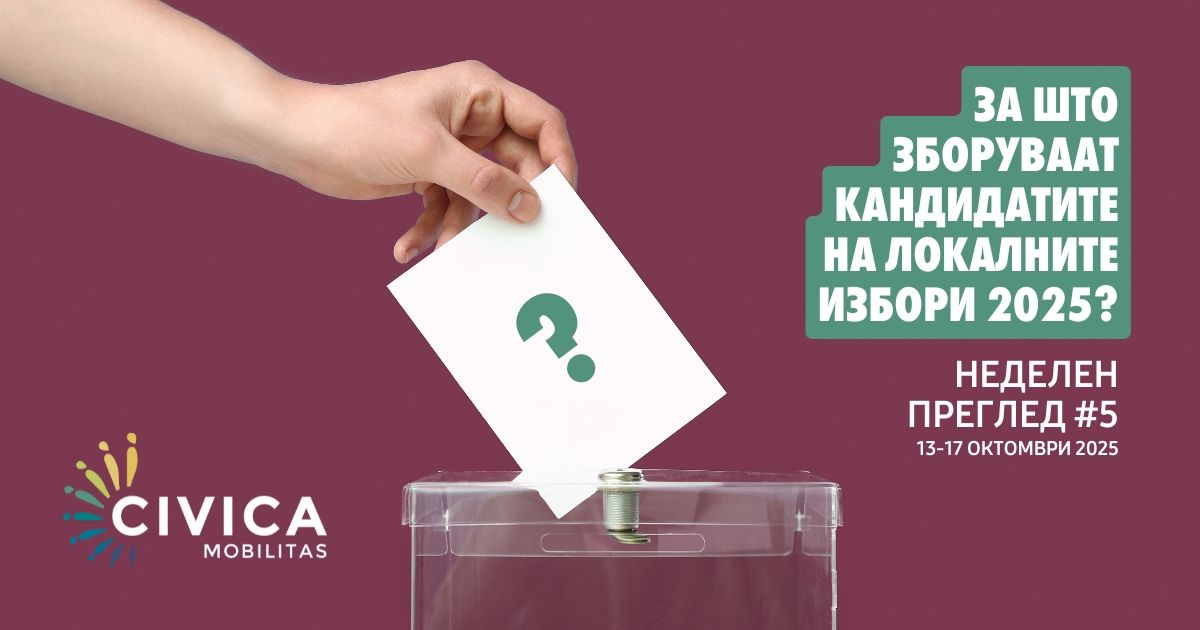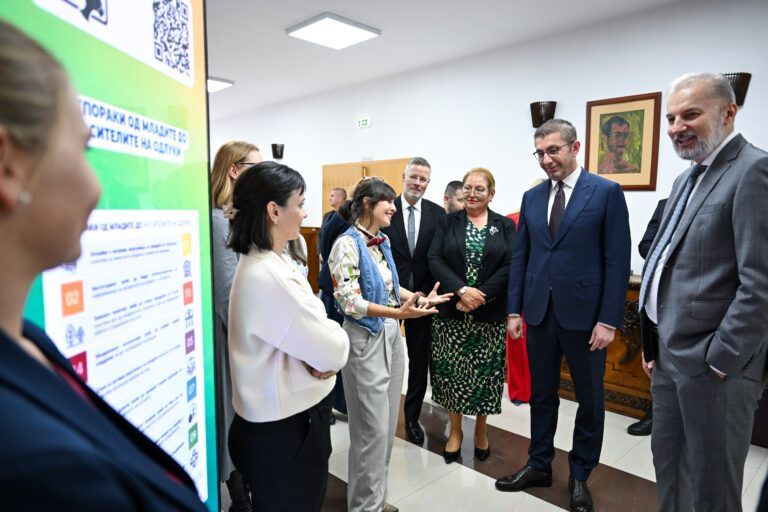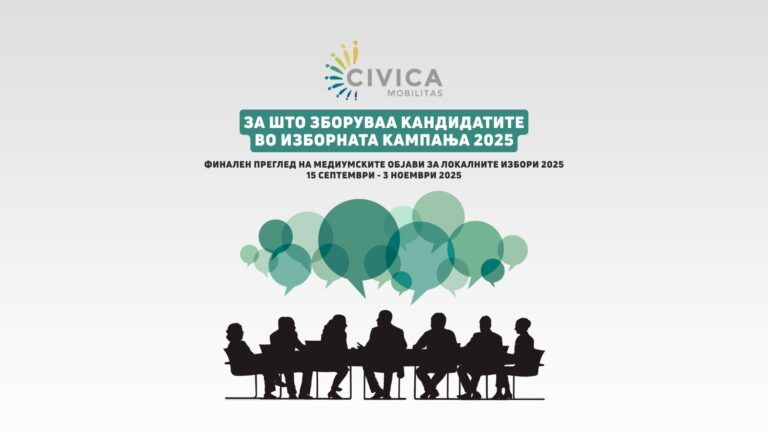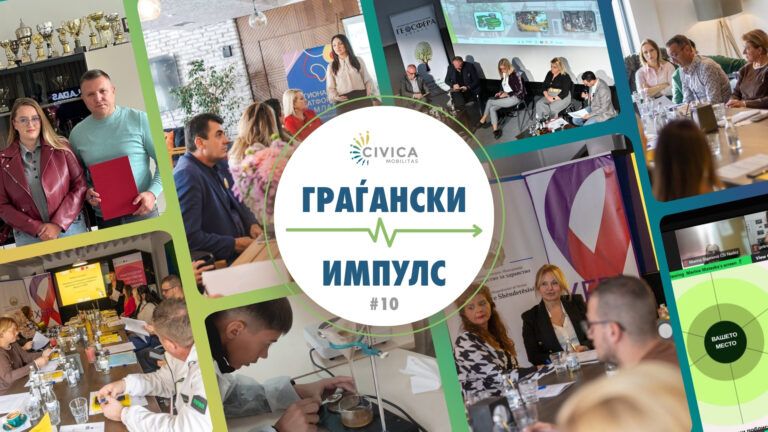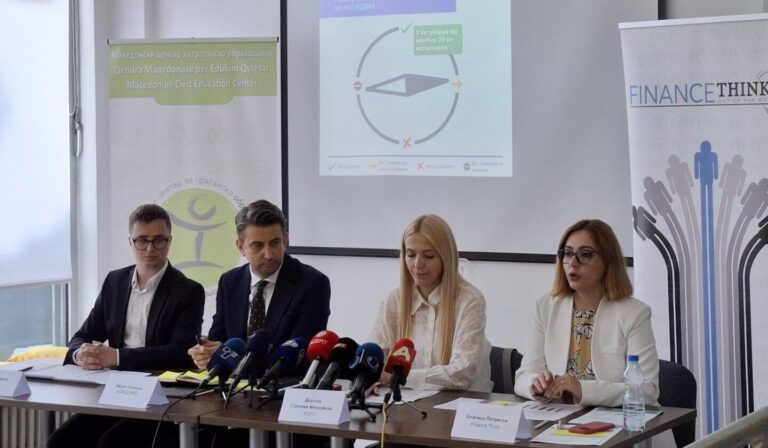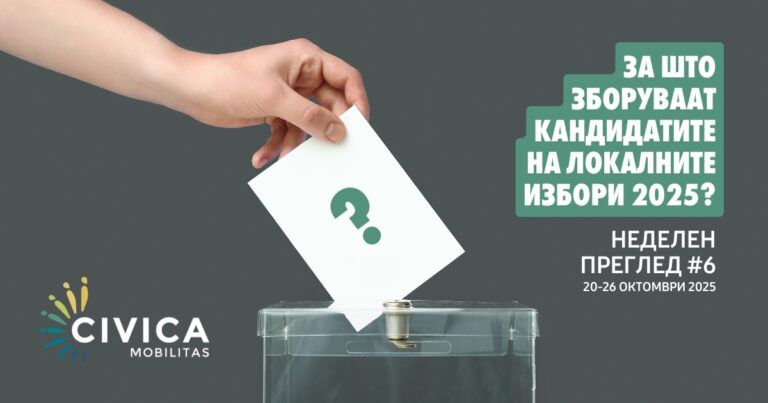What Do the 2025 Local Elections Candidates Talk About? #5
WEEKLY REVIEW #5 [13 – 17 October 2025]
In the final week before the election silence, there was intensified activity and renewed mobilization in the media, with over 3,000 media articles and 240 social media posts — and a clear increase in engagement toward the end of the week. The campaign entered its final phase with intensified debates, rallies, and last-minute promises, reactivating public interest after a brief midweek slowdown.
What are the candidates talking about in the local elections?
Education, schools, and local services remained dominant themes. With 2,472 articles and nearly 49,000 interactions, education was by far the most discussed topic and the absolute priority.
Schools accounted for 1,459 articles and 29,000 interactions, indicating a sustained focus on families, young parents, and the quality of educational services.
Waste management and cleanliness, as part of local issues, formed the third pillar of the campaign, while EU integration ranked fourth in volume but resonated less emotionally than domestic topics. Health generated the highest engagement per article (30.6 interactions per post), showing that health-related issues, though less present, triggered the strongest personal reactions.
However, the week was also marked by extraordinary mobilization around the nightclub fire in Kochani (15 October), which temporarily dominated the social agenda with 82,000 interactions from 221 posts — an average of 371 per post — making it by far the most viral event of the week. This tragedy temporarily overshadowed political messages and demonstrated how quickly emotional, safety, and humanitarian events can overtake public discussion.
What truly moves citizens?
The final week before the silence confirmed a proven formula: local, verifiable projects + clear timelines = highest engagement. Education, schools, local services, and public transport remained central themes.
What about civil society topics?
Transparency, accountability, and civil society funding again did not appear on the agenda of any of the most media-exposed candidates. Digitalization was mentioned, but almost exclusively in the context of a “faster administration” and “e-services,” rather than as tools for public oversight, budget transparency, or tender monitoring.
The thematic chart shows that while local issues, education, schools, illegal construction, the environment, and public transport dominate, topics such as digitalization and innovation appear only marginally — and when mentioned, they are almost always in the context of service modernization, not open data, transparent procurement, or civic oversight.
This gap remains key for civil society organizations: without proactively introducing these issues into the public debate — ideally by linking them to concrete cases of inefficiency, corruption, or environmental problems — they risk remaining invisible not only during the campaign but also in the next four years of local governance.
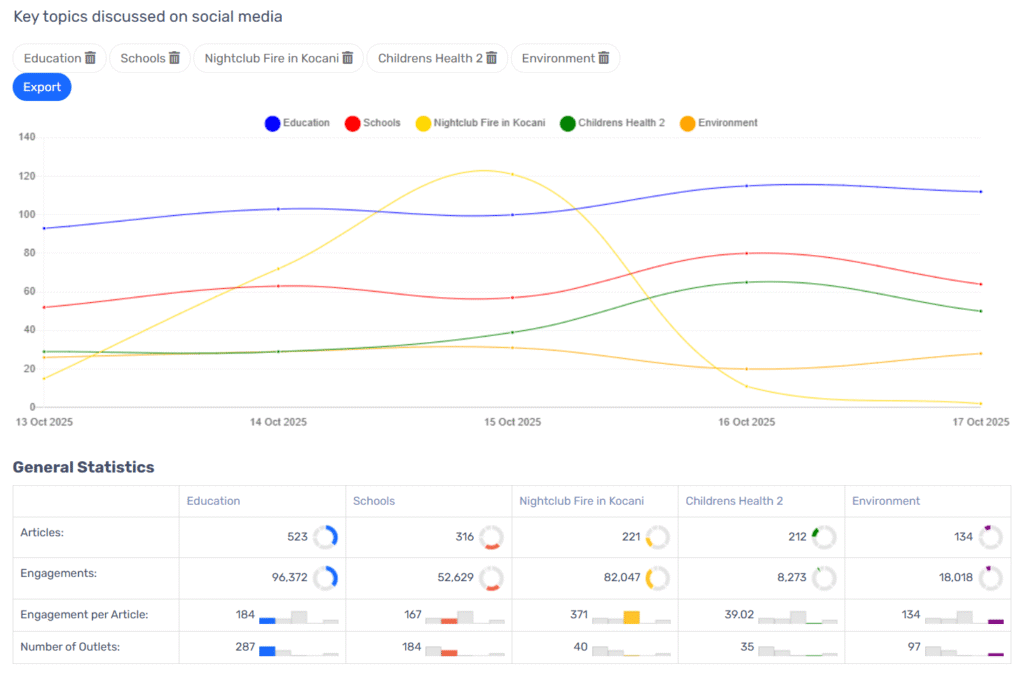
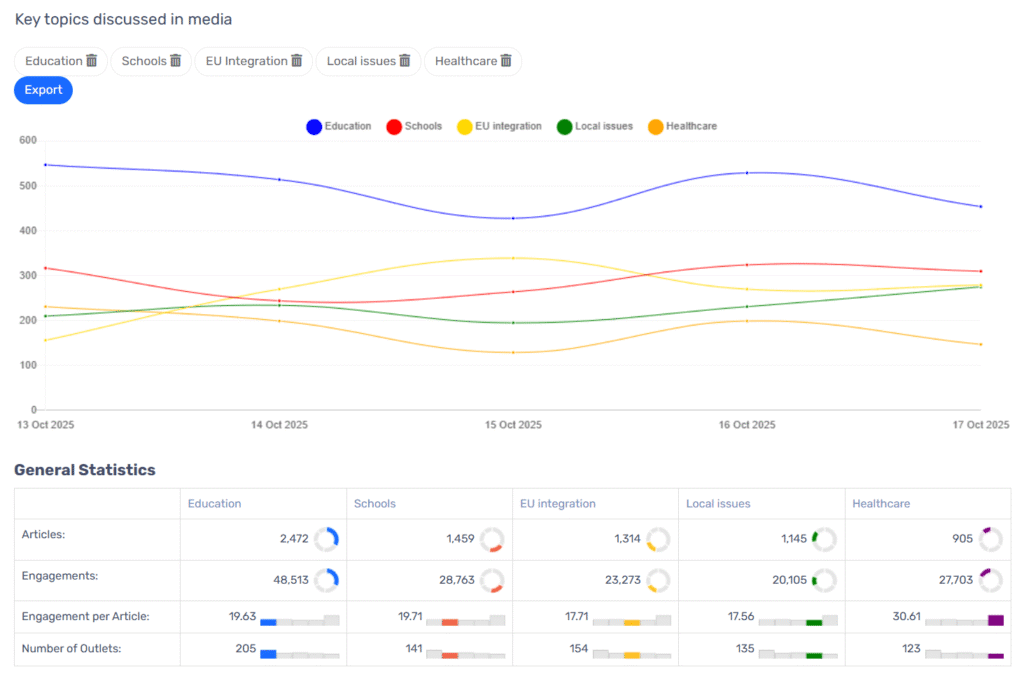
Where is the discussion happening?
Platform analysis again confirmed that TikTok is the most effective channel for mobilization, with an average of 496 interactions per post, far ahead of Instagram (152) and Facebook (116). Politicians who invested in short, emotional video formats achieved disproportionately higher reach compared to those relying on traditional formats.
YouTube remains the least effective platform, with the most posts (10 per politician) but only 17 interactions per post. Facebook remains a broad-reach platform, while Telegram continues to function as a one-way channel with nearly zero public reactions.
Hate speech this week followed two dynamics: highly visible candidates faced large volumes but relatively low toxicity (4–7%), while smaller, ideologically or gender-focused campaigns showed higher rates (12–19%).
Among the most exposed candidates, hate speech mainly targeted gender and ideology in smaller but more intense discussions. This is a significant finding: female candidates, especially from smaller or ideological parties, face disproportionately higher levels of online aggression relative to their visibility.
Methodology
The data in this review comes from a comprehensive monitoring of public discourse conducted through the Pikasa Analytics platform, which combines automated tracking with advanced content analysis from online media and social networks.
Civica Mobilitas is a project of the Government of Switzerland, implemented by MCMS, NIRAS (Denmark), and FCG (Sweden). The views and opinions expressed in this publication do not necessarily reflect those of the Government of Switzerland.


